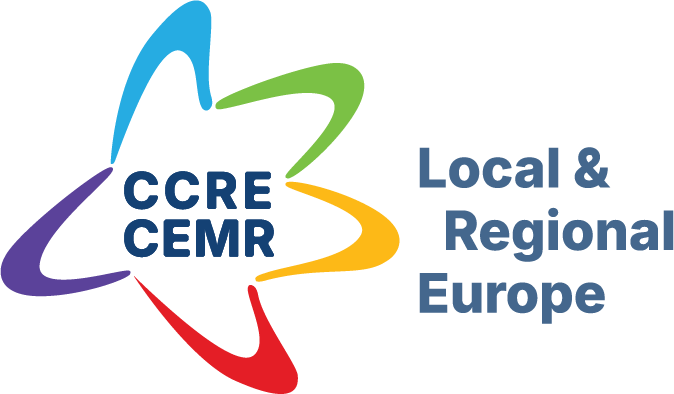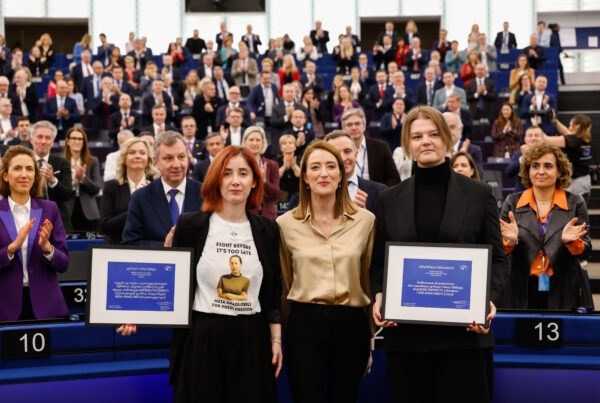CEMR’s 15-year reflection process sets the stage for a renewed push to advance gender equality in Europe’s local and regional life
2021 marked the 15th anniversary of the European Charter for Equality of Women and Men in Local Life, a milestone moment to celebrate achievements, reflect on lessons learned, and chart a course for the future. Initiated by CEMR in 2006, the Charter has grown into a powerful instrument for advancing gender equality at the local level, now embraced by nearly 2,000 signatories in 36 countries.
The anniversary served not only to honour progress but also to examine how the Charter can evolve to remain relevant and impactful for today’s and tomorrow’s local governments.
To mark the occasion, CEMR launched a wide-ranging reflection process. A series of six online workshops was held between June and November 2021, involving Charter signatories, national associations, gender focal points and other stakeholders. Five in-depth interviews complemented these to deepen the analysis.
The process revolved around four key areas:
- Recognising achievements: Highlighting the tangible improvements in local equality made possible by the Charter;
- Reflecting on relevance: Considering how to modernise the Charter and connect it with broader policy frameworks;
- Celebrating commitment: Acknowledging the people and organisations driving real change on the ground;
- Revitalising tools: Gathering practical insights and suggestions to strengthen the Charter’s implementation.
Participants emphasised that while the Charter remains a strong and valuable framework, its language, accessibility, and visibility could be improved. There was broad support for clearer, more inclusive, and action-oriented language. Concerns about legal implications for current signatories were addressed with a proposed solution: allowing signatories to either reconfirm or upgrade their commitment, while still validating earlier engagements.
The 15-year review reaffirms the Charter’s relevance and potential as a living document. CEMR has now put forward a set of concrete recommendations to enhance its clarity, inclusivity and usability, ensuring it remains a cornerstone for gender equality at the local and regional level:
- Simplify the language and prioritise clarity and accessibility;
- Use assertive, action-driven phrasing to emphasise commitments;
- Improve translation quality in coordination with national associations;
- Adapt language to gender-inclusive norms, particularly in gendered languages.
As the Chair of the Standing Committee for Equality put it:
“Beyond chapters and clauses lies a common goal: bringing equality closer to home.”
For more information, contact:

Director – Policy & Impact






